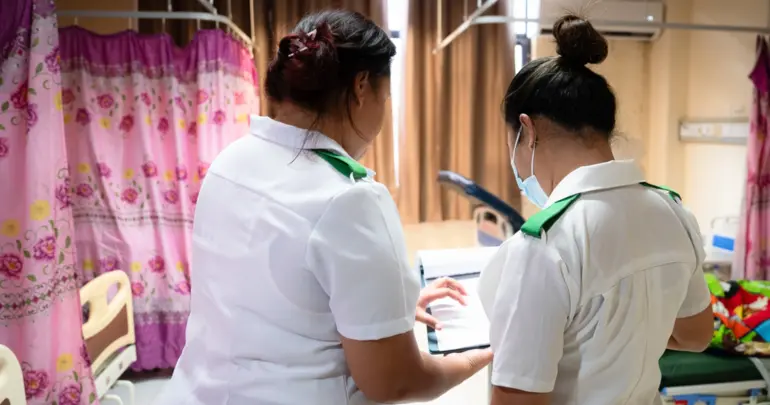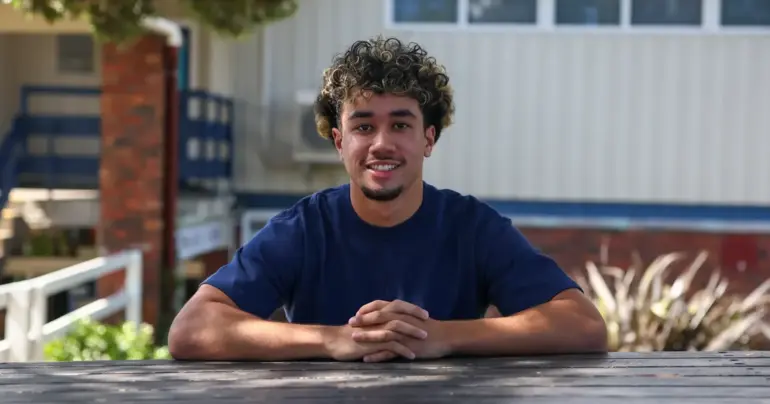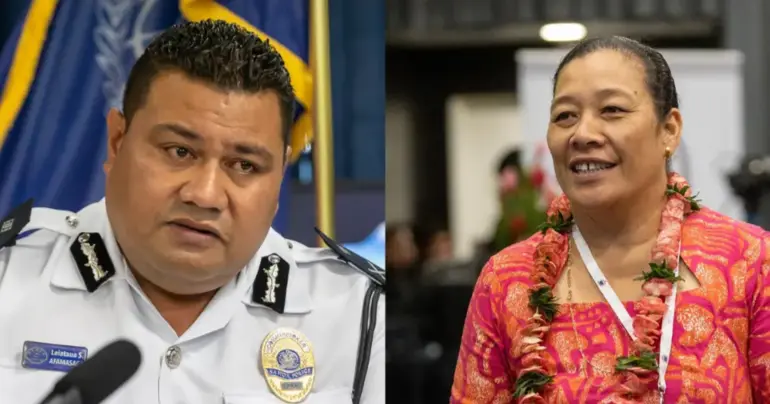Children's mental health in spotlight
 By Adel Fruean
•
20 October 2021, 8:58PM
By Adel Fruean
•
20 October 2021, 8:58PM
A United Nations report has shed light on the factors affecting Pacific children’s mental health such as exposure to violence or abuse, poverty, and health emergencies such as COVID-19.
In a new report - “The State of the World’s Children 2021” - the United Nations Children's Fund (U.N.I.C.E.F.) examined the many factors that play into children's mental well being.
Factors highlighted in the report that shape and affect children’s mental health throughout their lifetime also include: a mix of genetics, experience and environmental factors from the earliest days, including parenting, schooling, quality of relationships, discrimination, humanitarian crises, and health emergencies.
Furthermore, while protective factors, such as loving caregivers, safe school environments, and positive peer relationships can help reduce the risk of mental disorders, the report warns that significant barriers, including stigma and lack of funding, are preventing too many children from experiencing positive mental health or accessing the support they need.
“Around the world, mental disorders are a significant and often ignored cause of suffering that interfere with children’s and young people’s health and education and their ability to reach their full potential,” read the report.
It also revealed that, it is estimated that more than 13 per cent of adolescents aged 10–19 live with a diagnosed mental disorder as defined by the World Health Organization.
“This represents 86 million adolescents aged 15–19 and 80 million adolescents aged 10–14… 89 million adolescent boys aged 10–19 and 77 million adolescent girls aged 10–19 live with a mental disorder.”
The State of the World’s Children 2021 report also calls on governments, and public and private sector partners, to commit, communicate and act to promote mental health for all children, adolescents and caregivers, protect those in need of help, and care for the most vulnerable, including: urgent investment in child and adolescent mental health across sectors, not just in health, to support a whole-of-society approach to prevention, promotion and care.
And also to integrate and scale up evidence-based interventions across health, education and social protection sectors - including parenting programmes that promote responsive, nurturing caregiving and support parent and caregiver mental health; and ensuring schools support mental health through quality services and positive relationships.
Also, breaking the silence surrounding mental illness, through addressing stigma and promoting better understanding of mental health and taking seriously the experiences of children and young people.
According to the latest available estimates, more than one in seven adolescents aged 10–19 is estimated to live with a diagnosed mental disorder globally. Almost 46,000 adolescents die from suicide each year, which is among the top five causes of death for this age group. Meanwhile, wide gaps persist between mental health needs and mental health funding.
Suicide rates among adolescents aged 15-19 years in the Pacific region are significantly higher than in the rest of the Asia-Pacific region.
For example, according to the World Health Organization’s 2019 Mortality and Global Health Estimates, Kiribati’s adolescent suicide rate is the highest in the Asia-Pacific region at 36 per 100,000 population, and the Federated States of Micronesia is the second highest at 30 per 100,000 population.
Vanuatu, Samoa and Solomon Islands also face some of the highest rates in the region. This is compared to the majority of the 21 out of 32 countries in the Asia-Pacific region for which data is available, where suicide rates are less than 10 per 100,000 population.
The U.N.I.C.E.F. Executive Director Henrietta Fore said that it has been a long, long 18 months for all of us – especially children.
“With nationwide lockdowns and pandemic-related movement restrictions, children have spent indelible years of their lives away from family, friends, classrooms, play – key elements of childhood itself,” she said in a U.N.I.C.E.F. statement.
“The impact is significant, and it is just the tip of the iceberg. Even before the pandemic, far too many children were burdened under the weight of unaddressed mental health issues.
“Too little investment is being made by governments to address these critical needs. Not enough importance is being placed on the relationship between mental health and future life outcomes.”
The U.N.I.C.E.F. Pacific Representative, Jonathan Veitch, said that experiencing negative emotions is normal during a pandemic.
“However, we need to also realise that mental health issues, if not responded to, can become quite threatening.
“It is crucial that every possible action be taken to protect the mental well-being of all children. But this cannot be achieved in isolation – high level officials, communities, families, parents and even peers, all need to work together to support our Pacific children.”
 By Adel Fruean
•
20 October 2021, 8:58PM
By Adel Fruean
•
20 October 2021, 8:58PM











